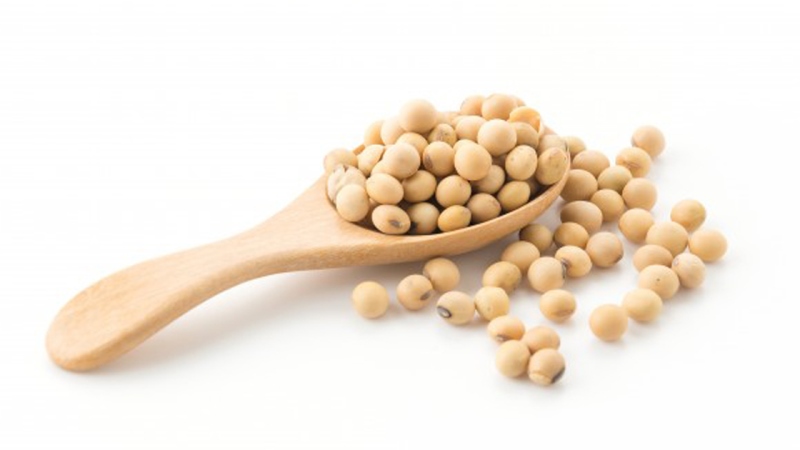
As more people strive to adopt healthier eating habits, soy has emerged as a popular choice, replacing traditional sources of protein like meat and fatty foods.
Packed with essential nutrients and health benefits, soy is now a staple in many diets, especially for those looking to reduce their fat intake or follow plant-based lifestyles.
This article explores the origins of soy, its nutritional benefits, and practical ways to incorporate it into your diet for a healthier lifestyle.
What Is Soy?
Soy is a legume that has been a part of human diets for over 5,000 years, first cultivated in China and later throughout the Far East.
A versatile and nutrient-rich food, soy serves as an excellent alternative to animal-based proteins, offering a host of health benefits.
Nutritional Value:
- Rich in protein, soy is an effective substitute for meat and fish.
- Contains isoflavones, which help prevent heart disease, manage menopause symptoms, and support bone health.
- Research suggests soy may also play a role in reducing the risk of breast and ovarian cancer.
Health Benefits of Soy
Soy isn’t just a great source of protein—it’s also packed with compounds that can improve overall health.
1. Supports Heart Health
Soy has been shown to lower blood cholesterol levels, reducing the risk of cardiovascular disease.
2. Promotes Bone Health
Regular consumption of soy protein can help maintain bone density, lowering the risk of osteoporosis, particularly in post-menopausal women.
3. Eases Menopause Symptoms
Soy milk and other soy-based products are known to alleviate symptoms associated with pre- and post-menopause.
4. Lowers Fat Intake
Soy-based products can replace high-fat options in your diet, helping you manage your weight and improve overall nutrition.
How to Incorporate Soy into Your Diet
Integrating soy into your daily meals is simple and versatile. Here are some suggestions:
1. Swap Regular Milk for Soy Milk
Use soy milk in your morning cereal or coffee for a nutritious, lactose-free alternative.
2. Replace Meat with Soy Protein
Use soy granules or texturized vegetable protein (TVP) in dishes like spaghetti sauce or chili for a healthier option.
3. Create Tofu-Based Sandwiches
Mix a slice of tofu with a boiled egg, chopped celery, and a bit of mayonnaise for a delicious, protein-packed sandwich filling.
4. Try Soy Burgers
Replace traditional hamburger patties with soy-based options. Add hot sauce and onions for a flavorful twist.
5. Snack on Soy Nuts
Enjoy roasted soybeans as a healthy snack between meals.
A Diet for Life
Adopting a soy-based diet can be a long-term lifestyle choice. However, like any diet, consistency and balance are key.
Post-Weight Loss Tips:
- Reintroduce high-GI (glycemic index) foods only in moderation and pair them with low-GI options, such as steamed fish or broccoli.
- Limit bread to breakfast, and opt for whole-grain or soy-based options.
- Enjoy small portions of sausage or cheese sparingly.
Beverages:
- One to three glasses of wine are permissible with dinner, but keep moderation in mind.
Soy is much more than a meat alternative – it’s a versatile, nutrient-dense food that can enhance your health and improve your diet.
From lowering cholesterol to supporting bone health and alleviating menopause symptoms, soy provides numerous benefits that make it a worthy addition to any meal plan.
By creatively incorporating soy into your daily meals, you can enjoy its health benefits while diversifying your diet. With a little effort, soy can become a key part of a sustainable and healthy lifestyle.


